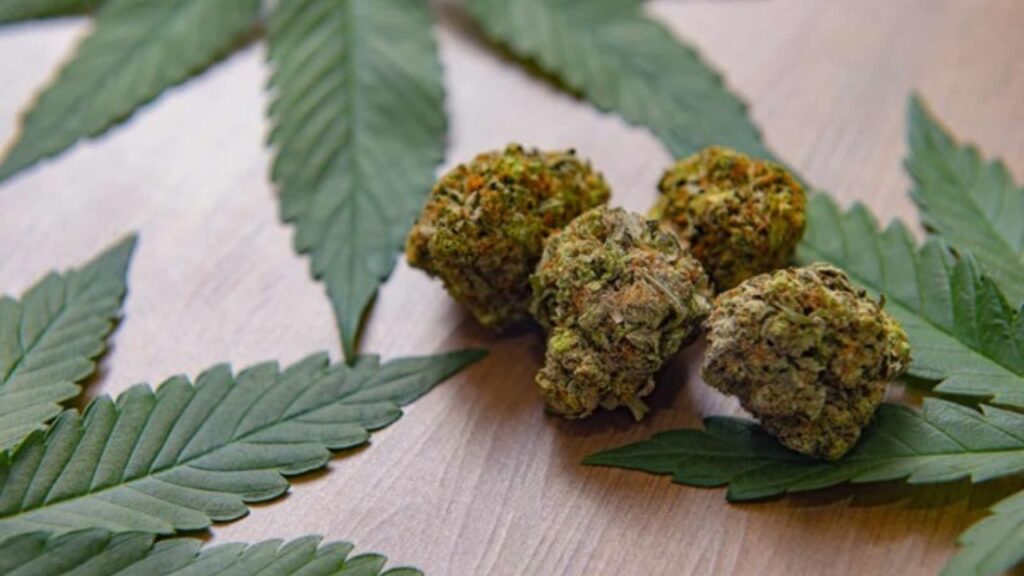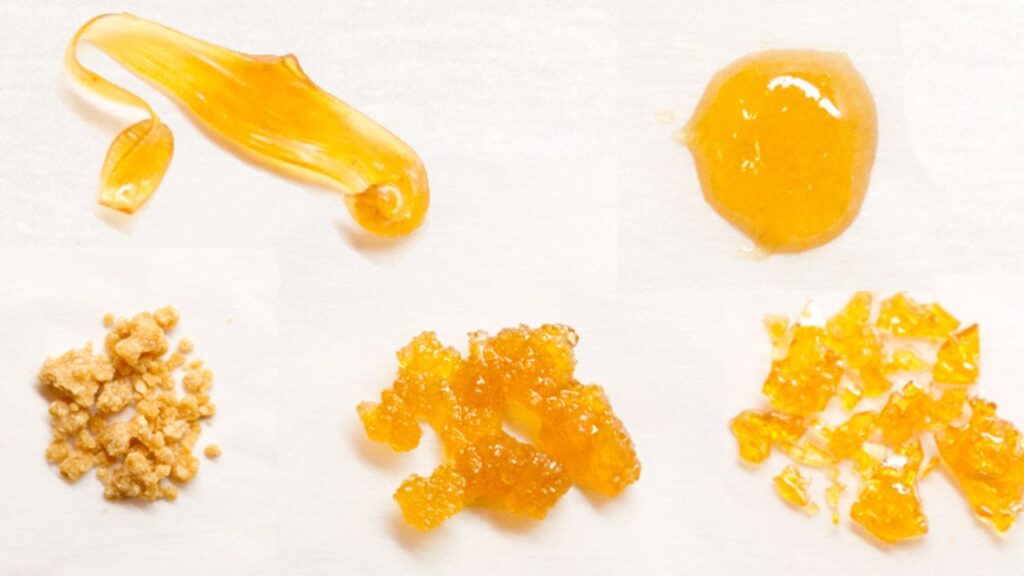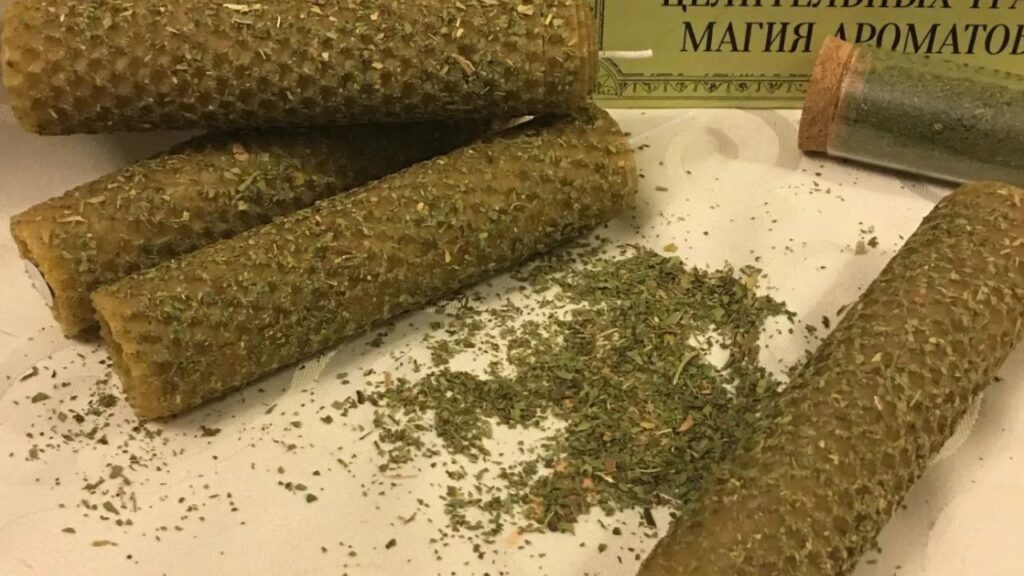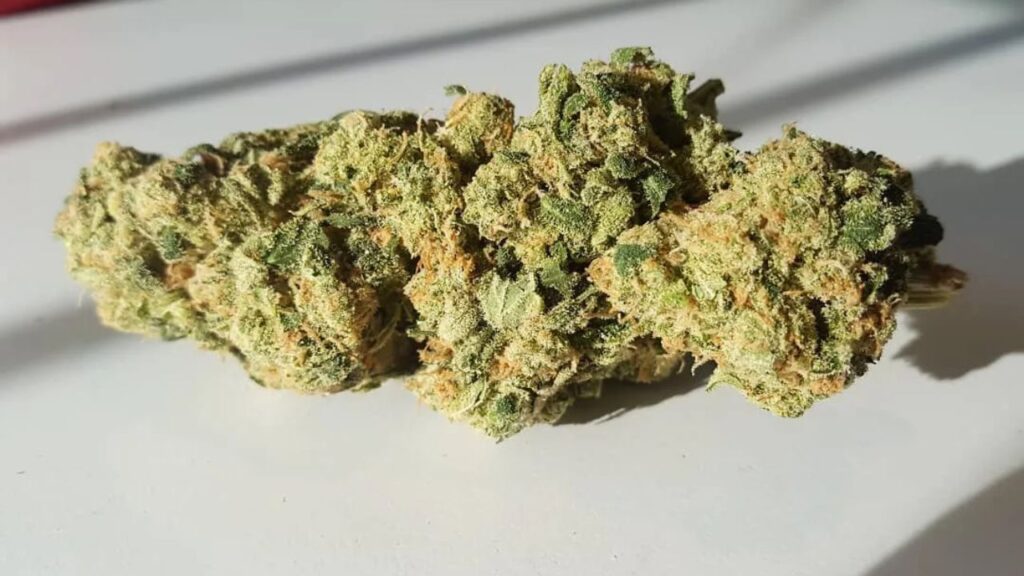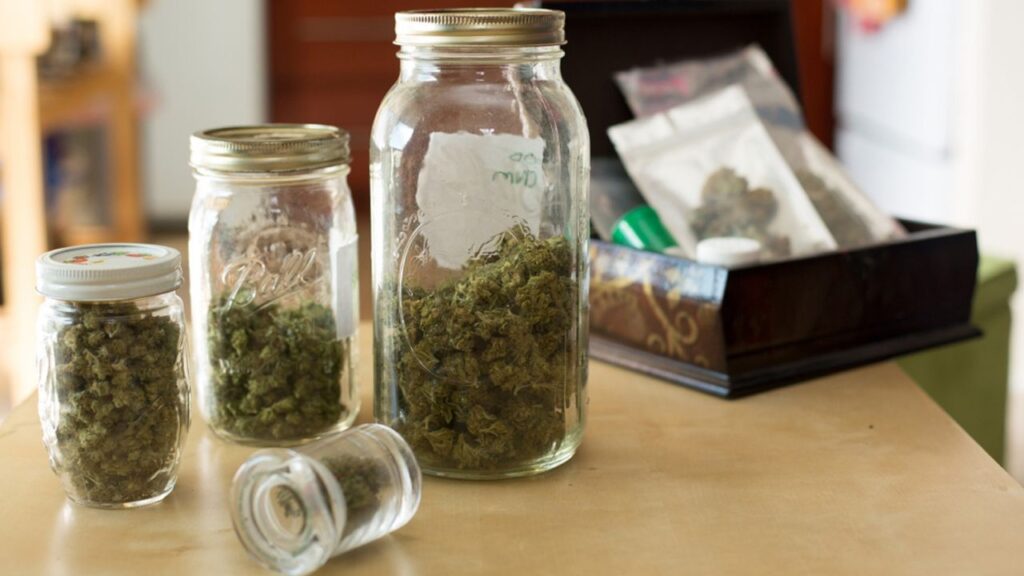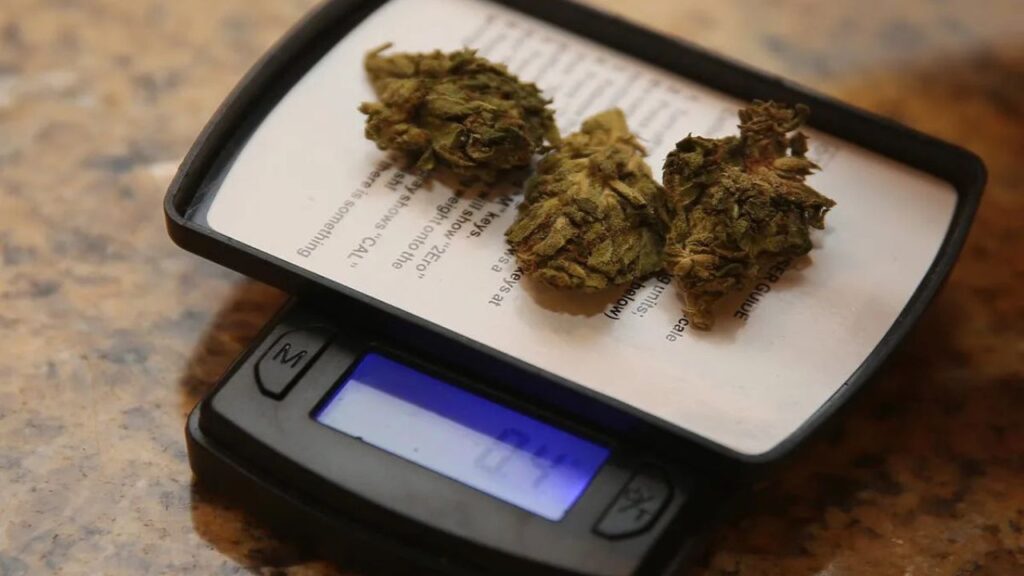Hash, short for hashish, is a concentrated form of cannabis made by collecting and compressing the plant’s resin glands, known as trichomes. For centuries, hash has held a special place in cannabis culture, valued for its potent effects, distinct flavor, and versatility in consumption. From traditional hand-rolled charas in India to modern extraction techniques, hash has evolved while maintaining its deep cultural roots.
The purpose of this guide is to provide a clear, step-by-step process for making hash, ensuring both beginners and experienced enthusiasts can create a quality product. We will explore various methods, from simple hand-rolling to advanced ice water extraction, highlighting the tools, steps, and tips needed for success.
Understanding these techniques is important not only for achieving the desired potency and purity but also for ensuring safety and efficiency. Whether for personal use or curiosity, mastering hash-making can be a rewarding cannabis skill.
Understanding Hash
Also known as hashish, it is a concentrated cannabis product made by collecting and compressing the resinous trichomes of the cannabis plant. These trichomes contain the highest concentration of cannabinoids like THC and CBD, which are responsible for the plant’s psychoactive and therapeutic effects. Unlike traditional cannabis flower, it offers a more potent experience due to its concentration, making it a favored form among many cannabis users.
Historically, played a significant role in cannabis culture around the world. Its origins trace back thousands of years, with some of the earliest documented use found in Central Asia and the Middle East. Ancient civilizations, such as those in India and Persia, crafted it as a way to preserve and enhance the plant’s effects. It was also integrated into spiritual and medicinal practices, often associated with rituals and religious ceremonies. Over time, spread through trade routes to Europe and North Africa, where it became a popular form of cannabis consumption, especially in regions where the climate favored resin-rich cannabis strains.
There are several types of hash, each differing in production methods and texture. One of the most traditional forms is dry sift, made by mechanically separating trichomes from dried cannabis plant material using fine screens or sieves. This method is simple and does not involve water or solvents. The result is a powdery, crumbly concentrate that can be pressed into blocks.
Another popular variety is bubble hash or ice water, created by using ice, water, and agitation to separate trichomes from the plant. The cold water makes the resin glands brittle, allowing them to break off and sink to the bottom when filtered through mesh bags of varying micron sizes. Bubble tends to be cleaner and more potent than dry sift due to the washing process that removes impurities like plant matter and chlorophyll.
Other types include charas, which is hand-rolled hash made by rubbing live cannabis buds between the palms to collect resin, and solvent-based extracts like butane hash oil (BHO) or CO2 extracts, which use chemicals or gases to dissolve and then purify cannabinoids and terpenes. These are more advanced products, not typically referred to as traditional, but are related to concentrates.
Understanding the different types of hash and their production techniques is essential for anyone interested in making or consuming hash, as it influences the final product’s potency, flavor, and texture. Each method offers unique benefits and challenges, catering to different preferences within the cannabis community.
Preparing Your Materials
Before making hash, selecting the right cannabis strain and gathering the proper tools are crucial steps that affect the quality of your final product. The process begins with choosing cannabis that is rich in trichomes—the tiny, resinous glands packed with cannabinoids and terpenes responsible for hash potency and flavor.

A. Selecting the Right Cannabis Strain
- Importance of Trichome-Rich Strains
- To produce quality hash, the cannabis you use should have abundant, sticky trichomes. These resin glands are the source of the concentrated cannabinoids and terpenes extracted during hash-making. Strains with high resin production typically yield more hash and produce stronger effects. Additionally, strains with robust terpene profiles can enhance the flavor and aroma of the hash, offering a richer sensory experience.
- Recommended Strains for Hash Making
- While many strains can be used, some are particularly favored for their resin production and hash quality. Classic strains like Afghani, Kush varieties, and Nepalese strains have been historically prized for hash-making due to their dense trichomes and favorable resin consistency. Modern hybrids bred specifically for resin production, such as Gelato, Girl Scout Cookies, and White Widow, also work well. When possible, choose fresh or well-cured cannabis buds or trim with visible crystals to maximize yield.
B. Necessary Tools and Equipment
- Grinders, Screens, Bags, and Other Essentials
- A few specialized tools are essential to create high-quality hash. A good grinder breaks down the cannabis evenly, which helps release trichomes. For dry sift hash, fine screens or sieving kits with varying mesh sizes are needed to separate the resin glands from plant material. For bubble hash, multiple bubble bags with different micron filters help isolate the finest trichomes during ice water extraction. Other useful tools include a clean flat surface, scrapers or hash cards for collecting and pressing the resin, and airtight containers for storage.
- Safety Equipment and Workspace Preparation
- Preparing a clean, organized workspace is key to efficient and safe hash-making. If using ice water or solvents, work in a well-ventilated area to avoid moisture buildup or inhaling fumes. Wearing gloves helps maintain cleanliness and prevents skin irritation from sticky resin. For solvent-based methods (which are more advanced and require caution), additional safety gear like eye protection and fire-resistant surfaces is essential to minimize risks. Finally, ensure all tools and surfaces are clean and dry to prevent contamination and preserve the purity of your hash.
Proper preparation of materials, from strain selection to workspace setup, lays the foundation for a successful hash-making process, improving both yield and quality.
Step-by-Step Process to Make Hash
Making hash can be approached through several techniques, each offering unique qualities and varying levels of complexity. Below are three popular methods: dry sift, bubble hash, and solvent-based extraction.
A. Method 1: Making Hash from Weed (Dry Sift)
- Grinding the Cannabis
- Start by gently breaking down your cannabis buds or trim using a grinder or by hand. The goal is to loosen the resin glands without pulverizing the plant material, which helps separate trichomes more efficiently.
- Sifting Through Screens
- Place the ground cannabis on a fine mesh screen (typically between 70 and 150 microns). Gently rub or shake the material across the screen, allowing the sticky trichomes, known as kief, to fall through onto a clean surface below. Repeat the process several times for maximum yield.
- Collecting and Pressing the Kief
- Gather the sifted kief, which is a powdery, resin-rich substance. Using a pollen press or by hand, gently compress the kief into solid blocks or balls. Pressing helps preserve potency, improve texture, and makes the hash easier to handle.
B. Method 2: Making Hash from Weed (Bubble Hash)
- Ice Water Extraction Process
- Bubble hash uses cold water and ice to separate trichomes. Fill a bucket with ice and cold water, then add your cannabis material. The cold temperature makes trichomes brittle, and agitation causes them to break off the plant.
- Using Bubble Bags and Ice
- Place a set of bubble bags—mesh bags with varying micron sizes—inside another bucket. Pour the ice water and cannabis mixture into the bags. Stir or agitate the mixture for about 15 to 20 minutes to release the trichomes, which fall through the different mesh screens according to size.
- Collecting and Drying the Hash
- After agitation, remove the bags one by one. Each bag contains a hash of different quality grades based on trichome size. Collect the resin from the bags and dry it thoroughly, usually by spreading it on a clean, non-stick surface to prevent mold.
C. Method 3: Making Hash from Weed (Other Techniques)
- Solvent-Based Methods (e.g., Using Alcohol)
- This method uses solvents like ethanol or isopropyl alcohol to dissolve cannabinoids and terpenes from cannabis plant material. The solution is then filtered, and the solvent is evaporated, leaving behind a concentrated extract. This method yields potent hash-like concentrates but requires caution due to flammability and the need for proper ventilation.
- Comparison of Methods and Their Outcomes
- Dry sift and bubble hash are solventless methods favored for preserving natural flavors and trichome integrity. Dry sift produces a powdery, easily pressed product, while bubble hash tends to be cleaner and more potent due to washing away impurities. Solvent-based extraction yields stronger concentrates with higher purity but involves greater safety risks and equipment complexity. Ultimately, your choice depends on available tools, desired potency, and safety considerations.
Each method offers distinct benefits, allowing hash makers to select the process that best fits their needs and resources.
How to Make Hash Browns
Hash browns are a classic breakfast favorite—crispy on the outside and tender on the inside. Making delicious hash browns at home is simple and requires just a few basic ingredients and steps.
Ingredients:
- 2 large potatoes (Russet potatoes work best)
- 1 small onion (optional)
- Salt and pepper to taste
- 2 to 3 tablespoons of oil or butter for frying
Step 1: Prepare the Potatoes
Start by peeling the potatoes. Then, grate them using a box grater or a food processor. If you like, you can grate a small onion as well for extra flavor. Once grated, place the potatoes in a clean kitchen towel or cheesecloth and squeeze out as much excess moisture as possible. Removing water helps the brown crisp up better during cooking.
Step 2: Season the Potatoes
Transfer the dried, grated potatoes to a bowl. Add salt and pepper according to your taste. Mix well to evenly distribute the seasoning.
Step 3: Heat the Pan
Preheat a non-stick skillet or frying pan over medium-high heat. Add oil or butter—enough to coat the bottom of the pan. Butter adds flavor, while oil helps achieve a crisp texture.
Step 4: Cook the Hash Browns
Spoon the grated potato mixture into the pan, pressing it down gently to form a flat layer. Let it cook undisturbed for about 4-5 minutes, or until the bottom turns golden brown and crispy. Then, carefully flip the hash brown over using a spatula. Cook the other side for another 4-5 minutes until it’s golden and cooked through.
Step 5: Serve
Once cooked, transfer the browned chicken to a plate lined with paper towels to drain any excess oil. Serve hot, as a delicious side for breakfast or brunch. They pair well with eggs, bacon, or avocado. Making hash browns from scratch is easy and rewarding, delivering a crispy, flavorful start to your day with minimal ingredients.

FAQs:
How can I make hash?
You can make hash by separating the resin glands (trichomes) from cannabis using methods like dry sifting or ice water extraction. These techniques help concentrate the active compounds into a potent, flavorful product.
How to make hash from weed?
Start by grinding cannabis and then sift it through fine screens to collect kief. Alternatively, use ice water to wash and separate trichomes, then dry and press the collected resin into
How to make hash weed?
Hash weed is created by collecting and compressing the sticky resin from cannabis flowers. Use mechanical methods like dry sifting or water extraction to gather trichomes, then press them into solid hash for consumption.
How to make hash out of weed?
You can extract from weed by gently breaking down the cannabis, separating the trichomes using screens or ice water, then collecting and pressing the resin to form hash.
How to make weed into hash?
Transform weed into by separating the resinous trichomes through sieving or ice water methods. Once collected, these trichomes are compressed to create a potent, concentrated form of cannabis known as hash.
Conclusion
Making hash involves selecting quality, trichome-rich cannabis and choosing a method that fits your preferences and tools—whether it’s dry sift, bubble, or solvent-based extraction. Each technique offers unique results, from the powdery texture of dry sift to the potent, clean quality of bubble hash. The step-by-step processes focus on careful preparation, separation of resin glands, and proper pressing or drying to produce a pure, concentrated product.
Experimenting with different methods can be a fun and rewarding way to discover what works best for you, allowing you to tailor the potency, flavor, and texture of your Whether you prefer the simplicity of dry sift or the thoroughness of ice water extraction, there’s a style suited to every cannabis enthusiast.
Making your own not only provides a deeper appreciation of cannabis but also ensures control over quality and purity. Remember to enjoy cannabis responsibly, respecting local laws and your limits, for a safe and enjoyable experience.
Read More>>>>>>> How to Make Hash: A Step-by-Step Guide




